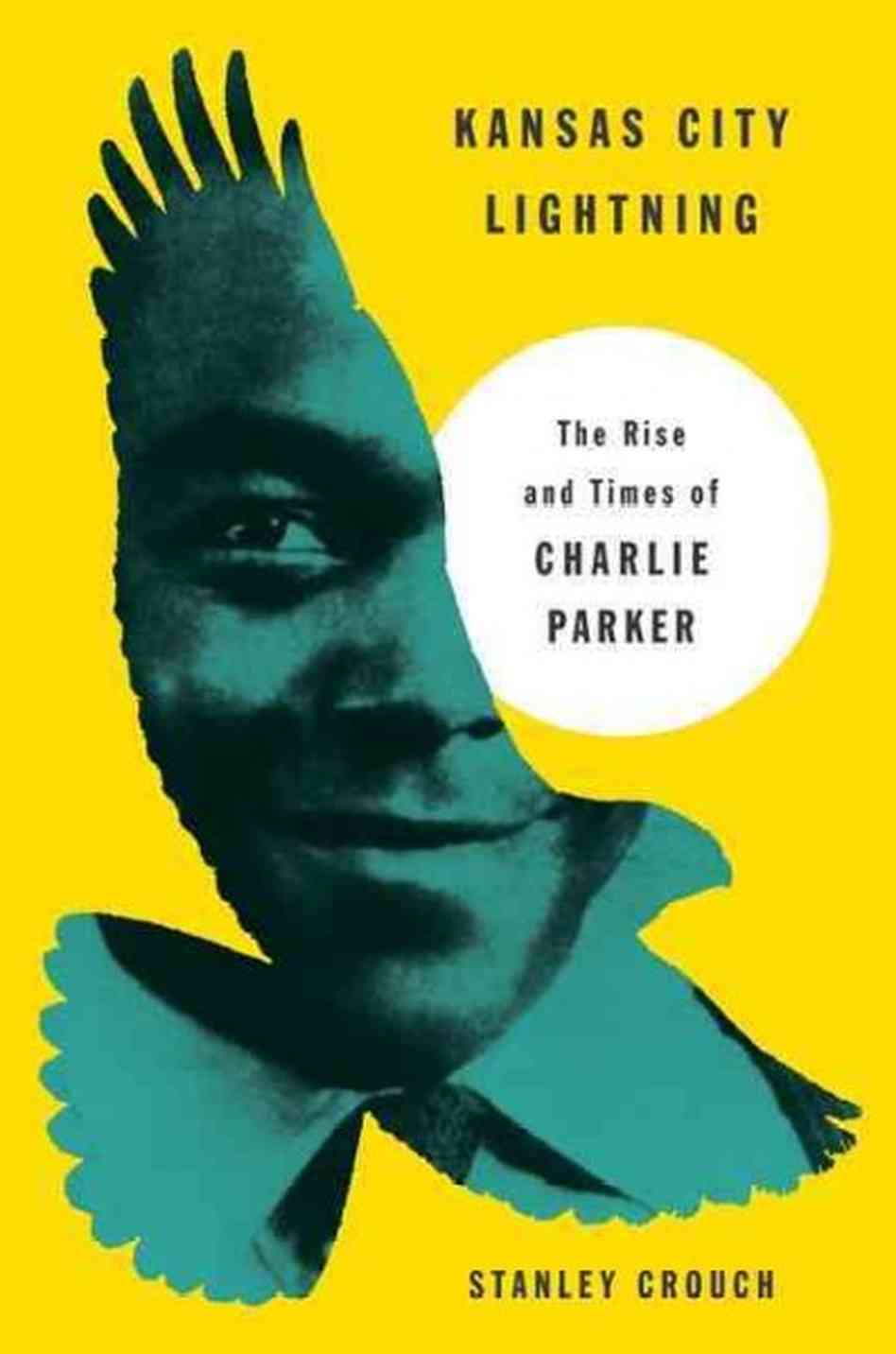Book Review: 'Kansas City Lightning — The Rise and Times of Charlie Parker'

While most guitarists think the idea of “shredding” started with Eddie Van Halen or Yngwie Malmsteen, the notion of playing “faster and better than the next guy” has probably been around as long as man has been making music.
Mr. Malmsteen will tell you he copped many of his flashiest licks from Niccolo Paganini, a fiercely technical violinist who lived in the 1800s.
Charlie “Bird” Parker, the great jazz alto saxophonist, is another “shredder” from the past worth investigating. A leading figure in the development of bebop, a form of jazz characterized by fast tempos, virtuosic technique and improvisation, Parker introduced a number of revolutionary harmonic ideas to the music world, and delivered them with a speed, dexterity and melodic invention still defies the imagination.
Unfortunately, like many of the great ones, Parker flamed out way too soon in 1955, but his shadow still looms large on the contemporary jazz landscape.
Celebrated jazz writer Stanley Crouch spent the last 20 years researching this amazing figure, and he captures him in all of his high-flying glory in Kansas City Lightning: The Rise and Times of Charlie Parker (HarperCollins). The book follows Bird’s growth as an artist, and manages to be musically astute without being nerdy.
Like the artist he writes about, there is plenty of poetry and soul in Crouch’s prose, but it isn’t flowery and he’s not afraid to use real musical terms and examples when necessary.
For me, one of the real surprises of the book was discovering the contributions of William “Biddy” Fleet, a guitarist whose name I was only moderately familiar with. Unsung and under-recorded, Fleet is one of bebop’s lost heroes. It was with Biddy that Charlie began really experimenting with all 12 tones of the chromatic scale. Fleet, by all accounts, was right with him, pushing and vamping in a way that prodded Parker into reinventing the language of jazz.
All the latest guitar news, interviews, lessons, reviews, deals and more, direct to your inbox!
My only disappointment with Kansas City Lightning is that at 340 pages it is too short. It covers just the first half of Parker’s career. Fortunately, Crouch promises volume two is almost finished and will be available sometime in the next year.
I call that a second chorus worth waiting for.
Brad Tolinski is the editor-in-chief of Guitar World.
A long time ago in a galaxy far, far away Brad was the editor of Guitar World from 1990 to 2015. Since his departure he has authored Eruption: Conversations with Eddie Van Halen, Light & Shade: Conversations with Jimmy Page and Play it Loud: An Epic History of the Style, Sound & Revolution of the Electric Guitar, which was the inspiration for the Play It Loud exhibition at the Metropolitan Museum of Art in New York City in 2019.

